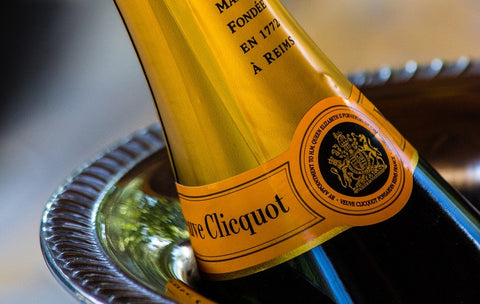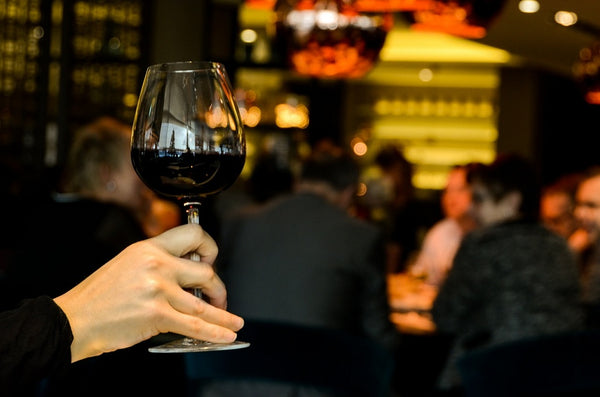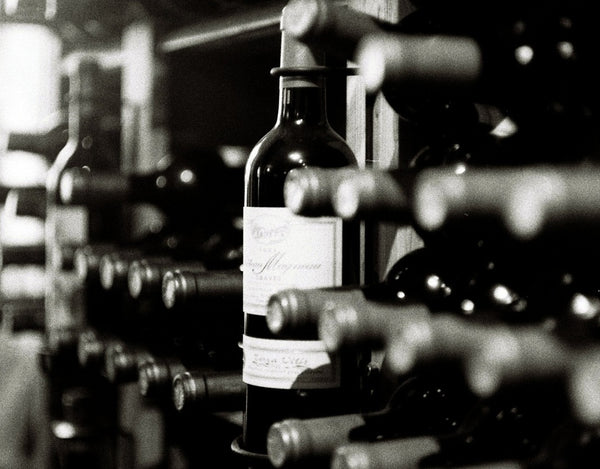Famous Wine Regions: The Best Of Italian Toscana
Fine Wine Blog

Home to some of the world’s most noteworthy wine regions, Tuscany is known for producing stellar wines from its diverse vineyards. From Florence to Chianti, Ornellaia to Tignanello, Tuscany has produced extraordinary wines for hundreds of years.
Famous for some of the best fine wine to come out of Italy, the region is widely known for its distinctive nature and distinguished reputation among wine connoisseurs from around the world.
Introduction to Tuscan Wine
Italy produces some of the most celebrated wines in the world, and Tuscany is central to that observance. Located in central Italy, Tuscany’s Mediterranean roots and rolling hills make the region's vineyards lush and fertile – the perfect grounds for growing an ideal grape.Recognized worldwide as coming from one of the top wine making regions of the world, Tuscan wine gains its infamous reputation from the Sangiovese grape – the pillar variation of all of Tuscany’s topmost red wines.
Tuscany has ancient traditions dating from the day of the Etruscans. With perfect weather and soil conditions, the abundant vineyards bear grapes that are much sought after and renowned. Wine and winemaking are as much a part of the Tuscan civilization as the olive trees that the region is also known for.
Moncharm’s Top Tuscan Selection
We’re proud to provide an extraordinary selection comprising some of the best that Italy has to offer in our online wine shop. Here are 3 super tuscans from various vintages that we’re pleased to recommend. Please click on the year number of each Tuscan for more information on the specific vintage.
1. This Sassicaia, 2006 – as the wine that started it all, Sassicaia remains one of the most desirable super tuscans. The 2006 vintage features a bouquet of smoked fruit, leather, and layers of earthiness.
One of the region’s great vintages, the 2006 boasts a spectacular combination of ripeness and acidity complemented by a complex nose that blends dark fruits and berries with minerals and dried herbs. Other distinguished Sassicaia vintages that you should look at are the 2005 and 2007.
2. The Tignanello, 2008 follows the great vintages from Italian winemakers. This selection is captivating and precise with subtle notes of tobacco, black cherries, smoke and liquorice.
A multi-layered consistency with silky tannins that will caress the palate. This elegant vintage has an unexpected lushness that’s balanced with perfect acidity. Other notable Tignanello vintages that you should look at are the 2007 and 2010.
3. This Solaia, 2007 is an extraordinary selection of striking quality. Translated as “sunny one” from Italian, this Solaia features an elaborate bouquet full of black cherries, crème de cassis, dark fruits, mocha, and oak.
The palate is rich, balanced, and full of delicacy. The notes are rounded and graceful, with layers of fruits and firm tannins. Generous and effortless, this delicious choice has all the subtlety and layers that you would expect from the Tuscan region. Another special Solaia vintage that you should look at is the 2001.Making Your Choice
We provide a vast array of wine selections to suit both novices and seasoned collectors. Our wine shop offers some of the best fine wine from Tuscany, as well as other famous regions from around the world.Browse through our extensive collection of the world’s finest, and you’re guaranteed to find the ideal vintage to suit your own taste and unique personality. If you have any questions or queries, please contact our experts – we’ll be quick to respond and happy to help!
Image source: Flickr








